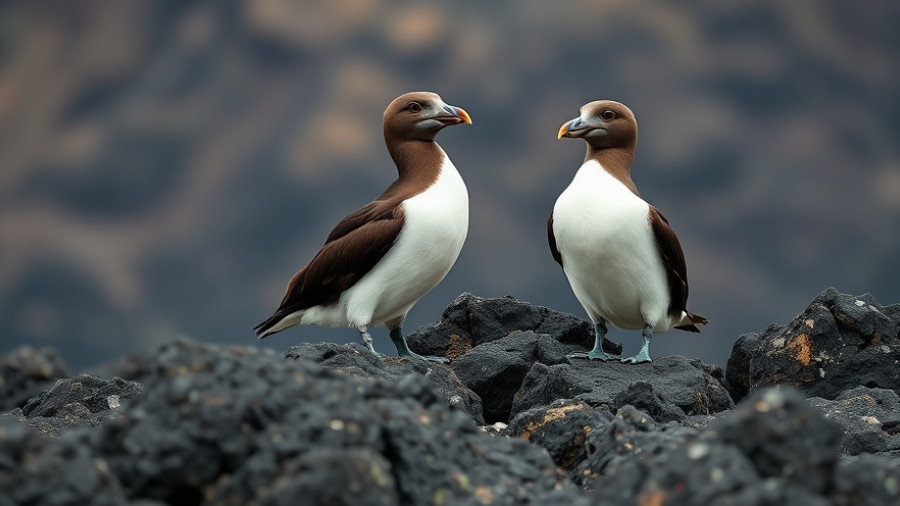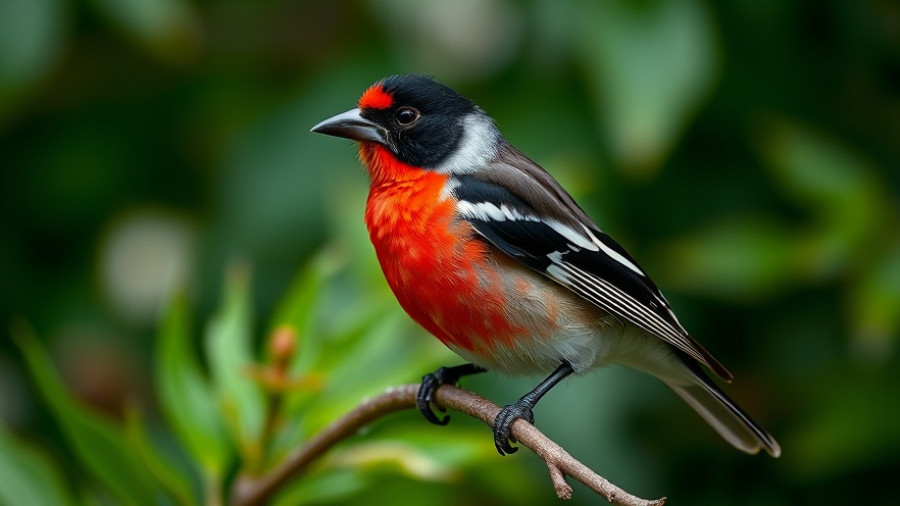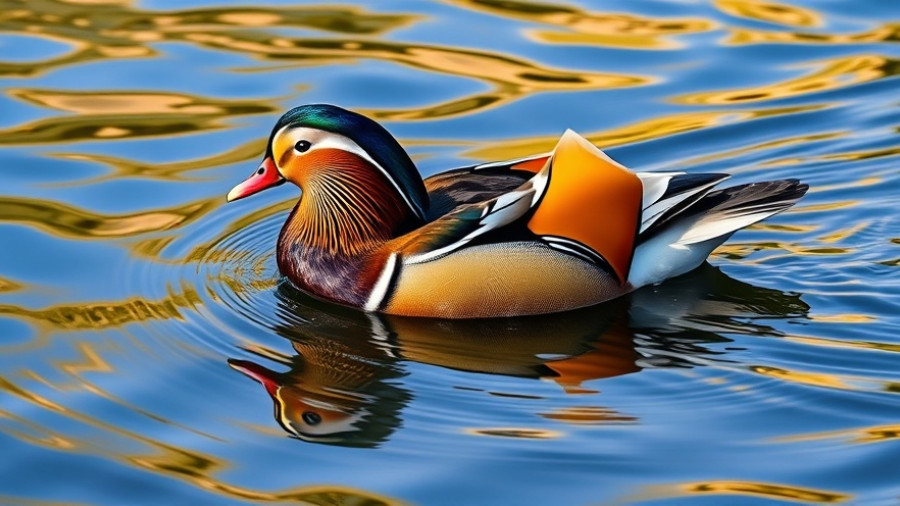
Understanding the Risks and Rewards of Bird Migration
The migration across the Gulf of Mexico is nothing short of remarkable, marking one of the most perilous journeys for countless songbirds each spring. Departing from Yucatán, these small yet resilient creatures traverse this vast body of water to reach southeastern United States, an endeavor categorized as 'one of the main gambles of avian migration.'
Why Do Birds Choose This Path?
Many wonder why birds opt for such a risky route through the Gulf rather than following the land along Mexico's coast. The answer lies in the evolutionary advantages of speed and directness. This flight can save birds nearly a week of migratory time, placing them swiftly in more advantageous breeding territories, thus enhancing their reproductive success. A shorter journey not only conserves their energy reserves but also positions them ahead of others during the crucial breeding season.
The Perils of Stormy Skies
However, favorable weather is not guaranteed. When faced with storms or strong headwinds, these birds struggle mightily, and for some, the outcome can be fatal. Exhausted and famished, those that arrive on U.S. shores often seek refuge in the first trees or shrubs they encounter. Moments later, a scene unfolds where various species such as tanagers and orioles line the branches, illustrating the desperate yet essential pause these birds make to replenish lost energy before continuing their journey.
Ecological Implications of Migration
The migration of birds across the Gulf of Mexico is not merely a survival instinct; it plays a critical role in ecosystems. The timing of their arrival impacts not only their reproductive success but also the flora and fauna in their breeding areas. As these birds stir to life, their activities promote seed dispersal and insect control within the regions they inhabit. This connectivity reminds us of the intricate web of life and how interdependent each species is within its environment.
Conclusion: The Role of Migration Awareness
Understanding bird migration is crucial in appreciating our natural world. The challenges these small creatures face highlight the resilience of nature and the ongoing need for conservation efforts. Awareness of their migration patterns encourages initiatives aimed at habitat preservation and protecting these vital routes, underlining the importance of safeguarding such natural phenomena.
 Add Row
Add Row  Add
Add 




Write A Comment